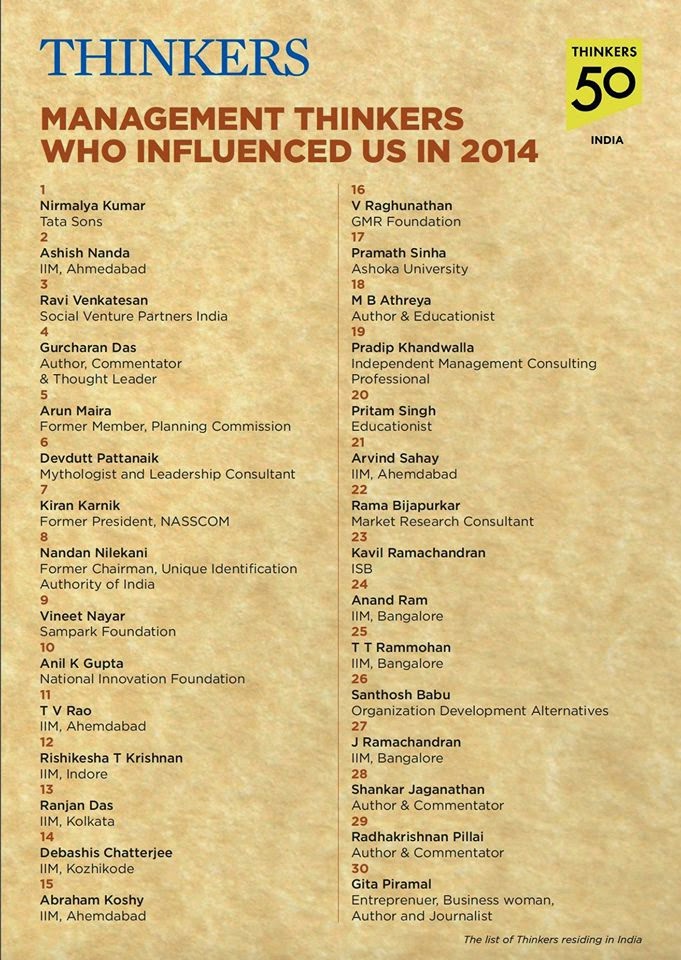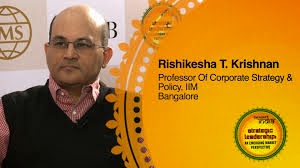I just got back to Indore after a week in Odisha, Delhi and
Rajasthan. It was a good trip, and set me thinking on multiple fronts.
Development Debates
One of the big debates in India in recent times has been on
what conditions you need to create for investment and development to follow.
This trip raised some new issues in this debate as both Odisha and Rajasthan have
created high quality roads but not exactly been magnets for investment. You can
get from Jodhpur to Jaisalmer, a distance of 285 km, in a little over 4 hours!
And this is not even a four-lane highway! The roads between Bhubaneswar,
Konark, and Puri are quite decent as well. Contrast this with Bangalore and
Mumbai which are, in spite of their creaky infrastructure, getting more crowded
by the day! Apparently, human resource availability and other agglomeration
benefits outweigh infrastructure!
Of course, it could also be argued that the reason the roads
in Odisha and Rajasthan are good is because the states are less economically
developed, and hence have less traffic. There’s definitely an element of truth
in that as far as Rajasthan is concerned, the traffic was really sparse and
consisted of only tourists or army trucks!
One big change that has happened over the last decade is the
emergence of new education hubs. Bhubaneswar is one such with a good mix of
private and government institutions. Jodhpur is one too – it has an IIT, an
AIIMS, a National Law School, to just name a few. But it’s not clear if these
locations are able to build any additional levels of advantage thanks to the
co-location of these institutions. Instead,
they appear to be operating in their own silos. Unfortunately, the
concept of a Meta University promoted by Kapil Sibal to promote collaboration
between institutions in cities never took off.
Spots of Tourist Importance
It’s good to see that there has been a conscious effort to
control traffic near important monuments. Whether it be at the Sun Temple in Konark,
or the Jagannath Temple in Puri, vehicles are stopped some distance away from
the actual location. However, this does mean that covering the “last mile”
becomes difficult or expensive – a cycle rickshaw from the designated parking
place to the Jagannath temple charges Rs. 30, and the distance is just that
little bit longer than one would ideally like to walk in the sun. While I
appreciate locals getting a livelihood thanks to these traffic restrictions,
perhaps these towns should offer an electric shuttle bus service from the parking
areas.
However, while traffic is under control, commerce has grown
by leaps and bounds. Whether it be the Pandas of the Jagannath Temple or the
guides and hawkers in front of the Sun Temple, or itinerant vendors selling
everything from soft drinks to beer on the sand dunes, commerce is loud and in
your face. And, the Jaisalmer Fort (see picture below) is a living fort, inhabited by more than
4,000 families, so naturally commerce is all around. The most subtle and
well-organised commerce is at the privately run Mehrangarh Fort in Jodhpur
where the designated route through the Fort takes you through a boutique, a
local crafts fair, and two cafes!
East vs. West
While we seem to have picked up the consumerism of the west
fast, we haven’t been as adept in picking up some of the western virtues. My
visit to Bhubaneswar started with attending the valedictory function of a
professional society. Much to my surprise, the function stretched to cover
double the time planned. They had too many speakers and these speakers were
either not given a clearly indicated duration to speak or the organisers
thought it rude to interrupt and tell someone when they had exceeded their
time. I noticed a similar phenomenon at the otherwise well-run conclave of the
Indore Management Association in February, and at a Rotary jamboree in Indore recently.
Maybe this is a Tier-2 city phenomenon, for I see most events in the metros
sticking to their schedules!
Entrepreneurship alive and well
It was good to see entrepreneurship alive and kicking. I was
particularly impressed by Manvar Resort, approximately halfway on the road from
Jodhpur to Jaisalmer. Just off the highway, it’s a lovely green resort,
well-mantained, and served delicious aloo parathas. The owner is from the
family that is a major landowner in the area, but full marks to him for the
aesthetic ambience and excellent service of the resort.
Varun Arya, an IIT Delhi and IIM Ahmedabad alumnus, set up
the Aravali Institute of Management in Jodhpur over a decade ago. His endeavor
has been to bring the IIMA education philosophy to students of that part of
Rajasthan. Along the way, he has had to weather many storms – with different
agencies of the central and state governments. One result of these ups and
downs has been that he has had to suspend his education programmes for some
time till regulatory issues are addressed.
In the meantime, he has converted what was barren and saline
land on the Jodhpur-Jaipur highway into a mini-oasis. He has built 12 lakes on
this land, and all of them still have plenty of water from the last monsoon.
Thanks to the lakes, the campus is cooler by a few degrees.
Varun has done several interesting things. All construction
on campus is by local labour. He has got special equipment fabricated so that
he has to rely minimally on transporting things from Jodhpur. They grow only
trees that help other vegetation grow, and have stopped growing some plants
that are common in the area but in reality “poisonous” for other vegetation.
The boundary walls allow water to flow in during the monsoon to replenish the
lakes, and also allow excess water to flow out. The classrooms are minimalist
but functional. It’s quite a place!
Tailpiece
The last place I expected to see empty beer bottles strewn
around was on the sand dunes of Jaisalmer. The Swachha Bharat campaign has its
work cut out – all the way from the beaches to the deserts!



















This is indeed a very insightful documentary.
ReplyDeleteComing from Rajasthan, I can't agree more that good infra, especially in Jaipur and Jodhpur, was built to attract industries, but poor support institutions, and scarcity of factors of production couldn't support the plan.
Marwaris have always excelled outside of Rajasthan, whether it be Noth Mumbai, Kolkata or even Assam. So planting of IITs, IIMs and AIIMS may not change the scene much.